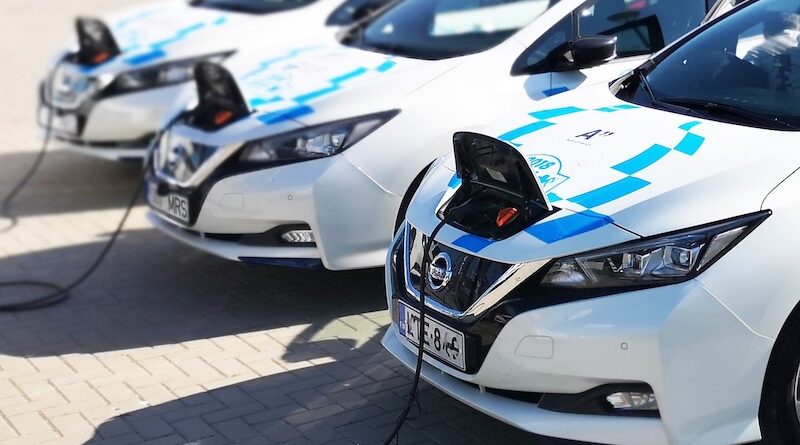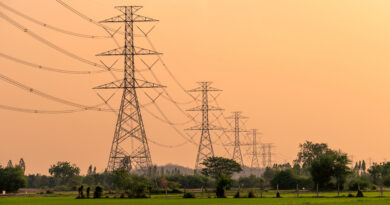Beyond Tariffs: Unveiling the Geopolitics of Electric Vehicles Through Supply Chains
A look at electric vehicle geopolitics from The Diplomat.
According to The Diplomat, to fully grasp the geopolitics of EVs, it is crucial to look beyond market access and delve into the complexities of the supply chain.
The EV supply chain contains three streams: raw materials, intermediate goods, and the final product, the vehicle. While different, each segment is interconnected and offers unique insights into the broader geopolitical dynamics at play. This perspective reveals a much more intricate and nuanced picture, challenging the conventional focus on tariffs and market concerns.
Upstream
The upstream of the EV supply chain encompasses the extraction and processing of critical minerals, such as lithium, cobalt, nickel, and rare earth elements.
Lithium, key for battery production, is largely found in the famous “lithium triangle” countries, Argentina, Chile, and Bolivia, which account for about 75 percent of global reserves. However, lithium reserves do not equal production; Chinese companies currently control nearly half of the world’s lithium production in various ways.
Nickel is mainly used in lithium-ion battery cathodes to increase the battery’s energy density and extend driving range. The growing demand for nickel in EV batteries has intensified competition for nickel resources among different industries. The world’s major nickel producers include Indonesia, Australia, and Brazil.
Cobalt’s thermal stability and high energy density can contribute to the battery’s charge and discharge process. The Democratic Republic of the Congo (DRC) holds over half of the world’s cobalt reserves, and more than 70 percent of production, though the production from Indonesia is also promising. The mining of cobalt in DRC faces legal, human rights, and environmental concerns, triggering the development of alternative technologies.
Rare earth metals are essential in electric motors due to their magnetic properties. China accounts for nearly 70 percent of the world’s production and imposes strict export regulations, which prompted many Western companies to develop rare earth-free motor technology to reduce dependence on Chinese supplies. Meanwhile, countries like the United States are exploiting their own resources to secure supply.
The geopolitical implications of the upstream supply chain are multifaceted…





